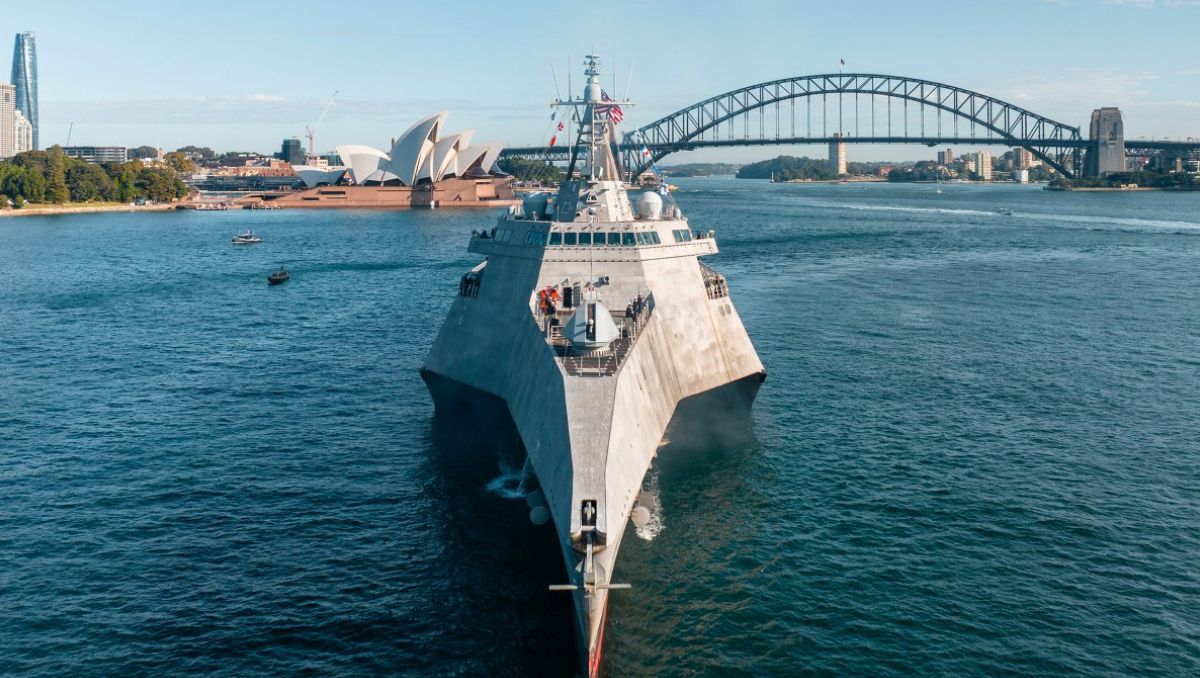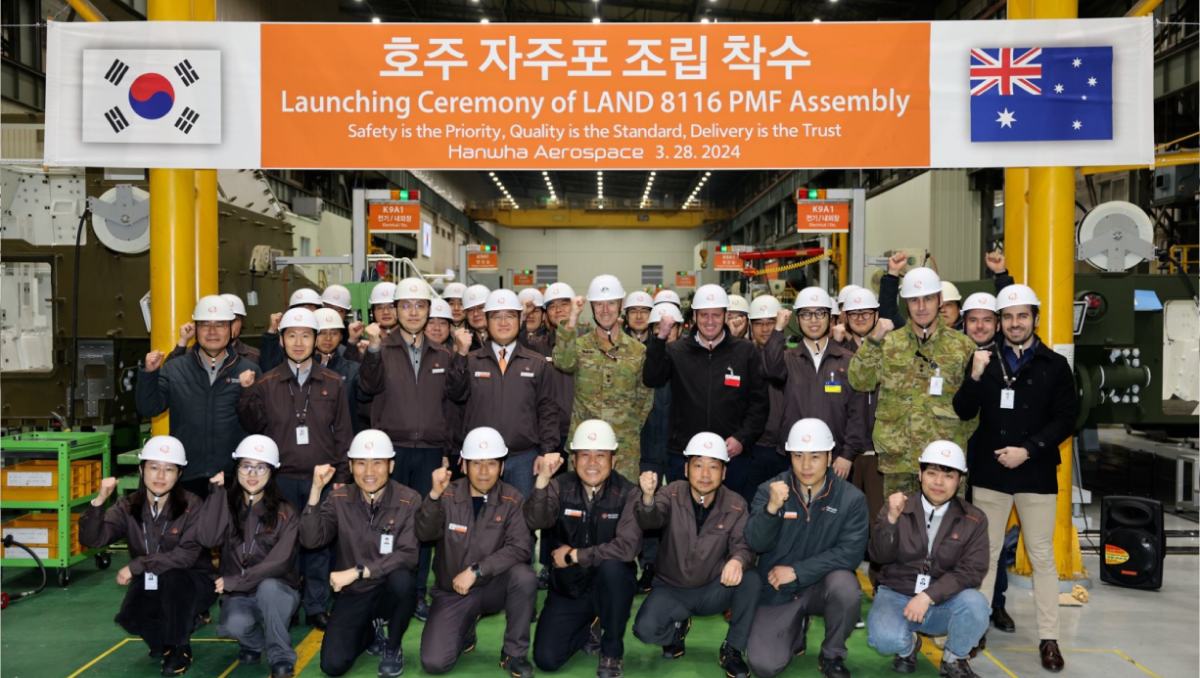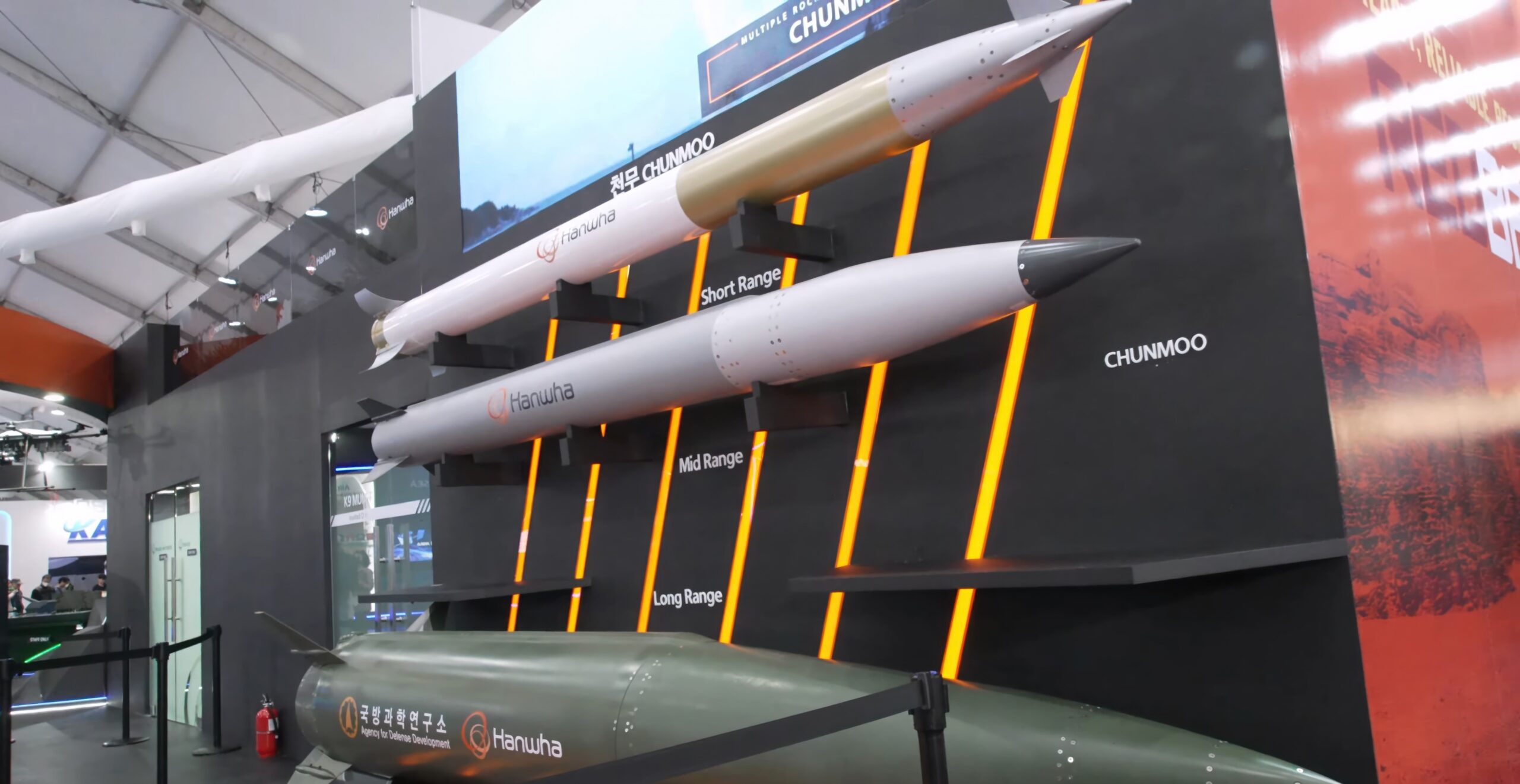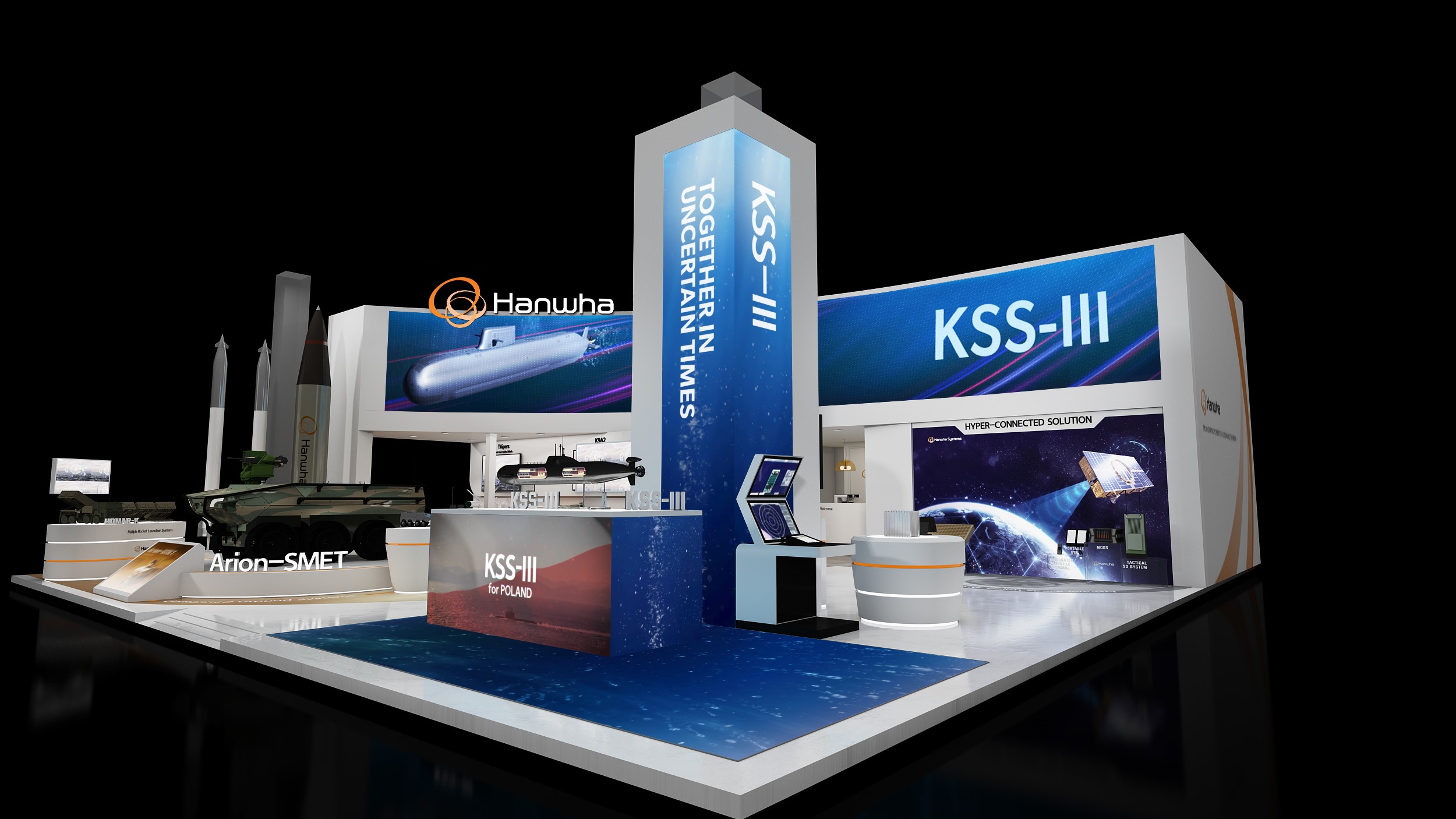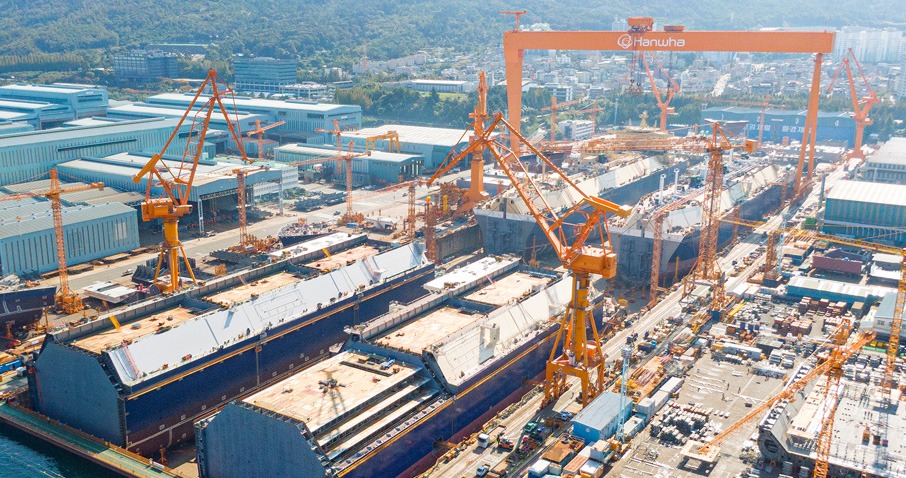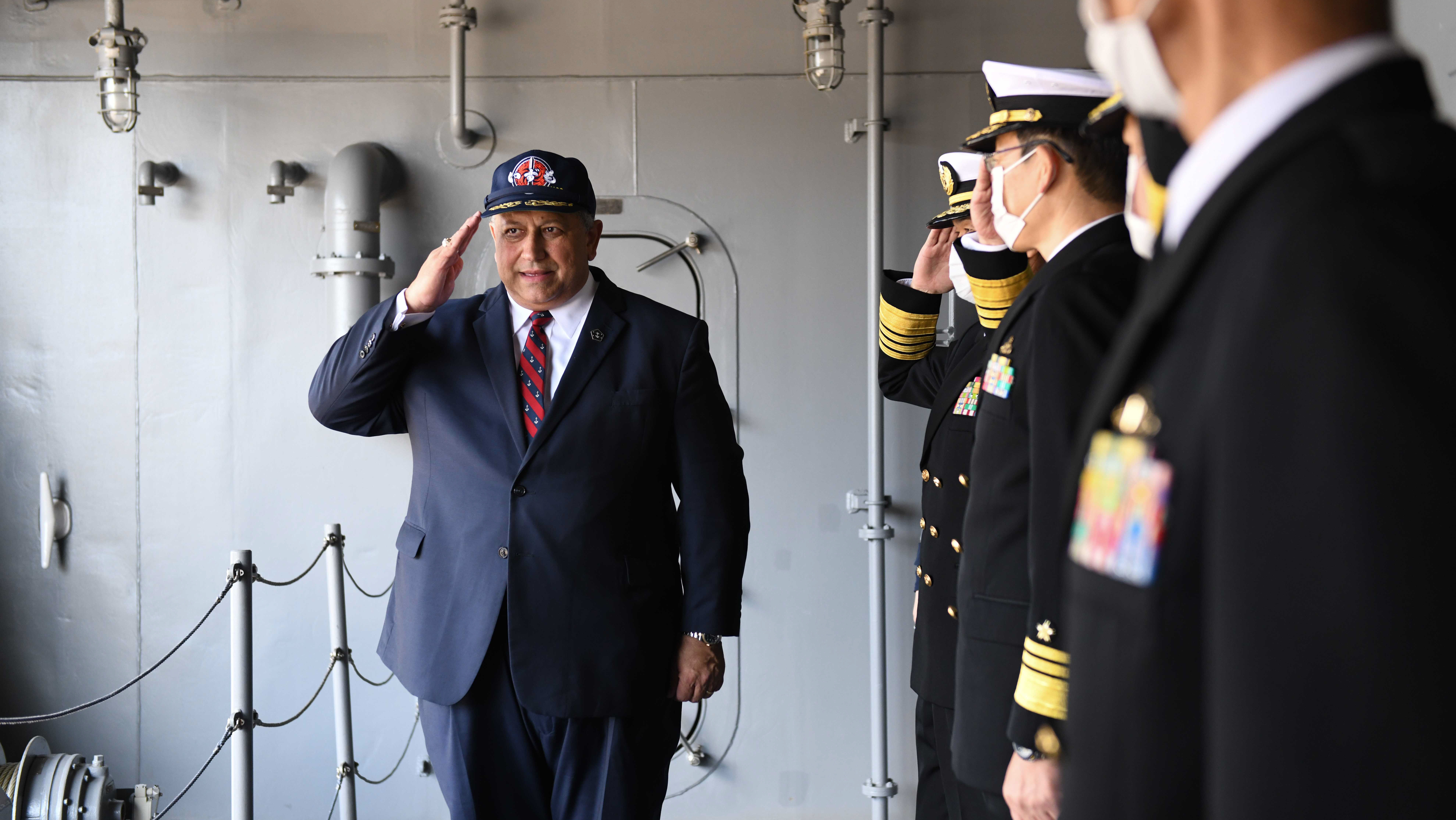Japan has two ship yards building their submarines. However, Japan takes 100% of their production capability for itself, has already increased production and also extended service lives to get more boats in service. There is talk of them extending this further. 22 subs is due to their fairly short life, mid life refits for subs are very expensive, they are already producing subs at maximum capacity.
By Jeong Soo “Gary” Kim The Japan Maritime Self Defense Force (JMSDF) possesses a modern and highly capable fleet, including light carriers, large AEGIS destroyers, and advanced conventional submarines which are renowned for their size and stealth. While individual Japanese naval vessels and...

cimsec.org
As the U.S. and allied nations in the Pacific work to maintain their shared edge in undersea warfare over China, America’s submarine fleet will soon begin an unavoidable decline in numbers. If Japan were to grow its submarine fleet from 22 to 30, it could fill the gap.

www.forbes.com
Korea runs a similar model, but while the Japanese have had quite a large number of subs for decades, Korea is following a bit of a newer model. Korea aims to have 27 submarines.
On April 4 South Korean shipbuilder Hyundai Heavy Industries contractually delivered another submarine as part of an attack class program

asiapacificdefencereporter.com

navalinstitute.com.au
By 2030 the Korean submarine fleet size is expected to stabilize at ~27, and they have to continuously build to replace existing boats, like the Japanese do at the rate of one submarine per year, which is tremendously fast for submarine building.
So both countries with two yards if operating subs for 30 years will have a fleet size of ~30 and will not have any spare or excess capacity.
Also, it is expected that both countries are going to priorities domestic capability, the years of targeting foreign builds to build a bigger domestic industry are now behind them, they now need that industry to provide capability right now. So offers of additional submarines to other countries previously are not as perhaps relevant now as it used to be.
Countries like Korea and Japan have recently become very concerned about their defence capabilities. In particular they are looking for over seas yards and countries that can supply them, less of them supplying overseas yards.
Korea's recent arms sales, have almost always come with new production capabilities. Australia is building a K9 SPG factory, for an order of just 30 K9's. Poland is building a factories/shipyards with the Koreans, and Turkey has some supply capability.
Production of new artillery and military vehicles for the Australian Defence Force has officially begun in South Korea.

www.defenceconnect.com.au

notesfrompoland.com
At MSPO 2024 Hanwha will emphasise the capabilities of its KSS-III submarine, which is being bid for the Polish Navy’s Orka programme.

euro-sd.com
In May 2022, Turkey’s defense industry and the Altay battle tank project experienced a watershed moment as the domestically produced tank was finally integrated with South Korean engines that had been marred with delays and policy roadblocks. A South Korean company will provide the engines’...

www.eurasiantimes.com
IMO The Koreans are actively looking for underutilized shipyards in western nations. They are more likely to buy a Canadian ship yard(s), than Canada buying a fleet of submarines made in Korea.
South Korean shipbuilders are seeking overseas production bases through mergers and acquisitions to meet soaring demand across the world as they have secured w

www.kedglobal.com
An American shipyard that builds domestic cargo vessels and training ships for U.S. maritime colleges has agreed to a deal, in which it would be bought by a major South Korean shipbuilder. Pending regulatory approvals, Philly Shipyard is set to be acquired by Hanwha Systems and Hanwha Ocean for...

news.usni.org
Experts tell Breaking Defense that while Asian shipbuilders have become renowned for good reason, it’s apples and oranges comparing them to the US Navy’s staple prime contractors.

breakingdefense.com
Both Japan and Korea are pretty worried about China. They are planning for a high intensity peer, perhaps even existential, conflict to start within 5 years. Japan and Korea are actively reaching out to build supply and alliances within that period, and beyond, post conflict.
I am sure Canada has its own world view, but I am not sure how keen it will be met by others that are in a more realistic and frantic build up. This type of program maybe should have been started 10-20 years ago.
Both Korea and Japan have been burnt by 3rd party countries with bold defence programs, that then amounted to nothing except wasting a whole bunch of time and resources. Canada's submarines acquisitions are famous case studies for that.


